|
The bright red flowers are pollinated by hummingbirds and are enormously attractive to these birds. Butterflies and bees will also visit the flowers. Because the flowers open from the bottom to the top over a period of several weeks, this plant provides lasting nectar for pollinators. The flowers are followed by capsules containing numerous tiny seeds. It is considered a short-lived perennial because it will die after blooming, although offsets will continue growing to perpetuate the plant. Under the right conditions cardinal flower will readily self-seed.
Cardinal flower is easily grown in moist soils in full sun to partial shade. It has few pests and is not favored by deer or rabbits. Use cardinal flower in borders, rain gardens, and native gardens, especially on the edges of streams or ponds. They will naturalize in moist meadows and can be grown in a shallow water garden or in containers. Submitted by: Linda Anderson, Certified Master Gardener
0 Comments
North Country Master Gardener Volunteer’s perennial garden is located at Spooner Ag Research
Teaching and Display Garden. It was completely redesigned and replanted with pollinator friendly and native plants completed in spring 2016. We saw the perennial garden as an ideal space for creating a Monarch and Pollinator Sanctuary (MAPS). We undertook this project as we learned more about the loss of pollinator habitats. Habitat loss is a result of disease, parasites, environmental contaminants and development of pristine land. Habitat loss contributes to the decline of many species of pollinators. The well-known and celebrated annual Monarch Butterfly migration south for winter and back north in Spring is a huge natural phenomenon, but has faced diminishing numbers of butterflies. Three-fourths of the world’s flowering plants depend on pollinators to reproduce. Most fruit, vegetable, seed crops - and other plants that provide fiber, medicine and fuel are pollinated by animals. A significant portion of the food we eat exists because of animal pollinators such as bees, butterflies and moths, birds and bats, beetles and other insects. Bees are the main pollinators for fruits and vegetables. They nest underground, in twigs and dead trees. There are over 250 species of bees native to North America. Bees are often considered pollinator superheroes, having adaptations which allow them to collect and transport pollen and nectar. They have the unique ability to “buzz pollinate” plant species with pollen but no nectar, such as tomatoes, cranberries, apples, cherries, blackberries, blueberries, alfalfa, red clover, snapdragons and foxglove. Butterflies seek nectar in the daytime, moths at night. Monarch caterpillars need milkweeds to grow and develop – common milkweed is most important although a variety is recommended. Monarchs need nectar to provide energy to breed, to sustain their migratory flights and to build reserve for w nter. Butterflies can see red, and love colorful flowers in warm colors. Hummingbirds are the most common avian pollinators in the US, and they love the color red. Two species of bat are major pollinators in the desert Southwest. Beetles and other insects are common flower visitors and pollinators. My personal favorite is the Midge fly, the only animal small enough to pollinate the cocoa flower, giving us billions of pounds of chocolate annually! MAPS provides habitat for pollinators to help them thrive. Measures incorporated into the garden include: • pollinator friendly plants, shrubs and trees • mix of plants with various colors and bloom times • no insecticide use • bee nesting boxes • natural compost for fertilization • removal of invasive species • thinning and mulching plant beds • trees, shrubs and vines as well as fruits and flowers Our Monarch and Pollinator Sanctuary continues to thrive, and is a designated Monarch Way Station. You are welcome to visit – we are always open! Author: Janet Mangold, Master Gardener Volunteer WISCONSIN CELEBRATES POLLINATOR WEEK
June is designated National Pollinator Month to bring attention to what we can do to support habitat for pollinators. There are several programs throughout the month showing how we can help pollinators in our backyards. The North Country Master Gardener Volunteers invite you to join them on June 23, 2022, between the hours of 4:00 and 7:00 p.m., to tour the Monarch and Pollinator Sanctuary Garden at the Spooner Agricultural Research Station’s Teaching and Display Gardens. Volunteers will be on-hand to give guided tours, answer gardening questions and showcase the dozens of different pollinator species established in the gardens. The Teaching & Display Garden is open to the public for self-guided tours during the growing season and is located 1 ½ mile east of Spooner on Orchard Road, off Highway 70. Wisconsin Celebrates Pollinator Week, June 20-26, 2022, raising awareness through statewide and local activities and events. By increasing knowledge and adopting pollinator friendly practices, we can improve pollinator health and habitats. National Pollinator Month is an annual event managed by the Pollinator Partnership to help spread the word about what we can do to protect pollinators. Pollinator Week Webinars hosted by UW-Extension/Horticulture. Webinars are free, but registration is required for each one. Webinars will be recorded for later viewing. For more information and links to register, go to https://hort.extension.wisc.edu/pollinator-week/ *June 20 - Pollinator Gardens: Plant Selection and Garden Care *June 21 - Join in Community Science with the Wisconsin Wild Bee App *June 22 - Wisconsin’s Busy Bees: Getting to Know the Bees in Your Area *June 23 - 10 Things to Consider for Weed Management When Establishing Pollinator Plantings *June 24 - How Do Pesticides Affect Pollinators and Songbirds in Your Yard June is designated National Pollinator Month to bring attention to what we can do to support habitat for pollinators. There are a number of programs throughout the month showing how we can help pollinators in our backyards.
Wisconsin Celebrates Pollinator Week, June 20-26, 2022, raising awareness through statewide and local activities and events. By increasing knowledge and adopting pollinator friendly practices, we can improve pollinator health and habitats. National Pollinator Month is an annual event managed by the Pollinator Partnership to help spread the word about what we can do to protect pollinators. Pollinator Week Webinars hosted by UW-Extension/Horticulture. Webinars are free, but registration is required for each one. Webinars will be recorded for later viewing. Click here for more information on each program and links to register. *June 20 - Pollinator Gardens: Plant Selection and Garden Care *June 21 - Join in Community Science with the Wisconsin Wild Bee App *June 22 - Wisconsin’s Busy Bees: Getting to Know the Bees in Your Area *June 23 - 10 Things to Consider for Weed Management When Establishing Pollinator Plantings *June 24 - How Do Pesticides Affect Pollinators and Songbirds in Your Yard Pollinators love verbena! Hummingbirds, butterflies, and moths are all frequent visitors. Bees of all types love verbena, too. Known for withstanding the pressure of hot, dry conditions, Verbena is a member of the Verbenaceae family, which is comprised of 800 species in 32 genera, many of them native to the Americas and Asia. This family is characterized by clumps or spikes of flowers on heat-loving herbs, shrubs, trees, or vines. There are many varied types and habits, including upright and tall, as well as mounded and trailing. Some verbena make great ground covers as well.
Hybrid varieties generally have larger flowers, brighter and more saturated colors, and larger, more weather-tolerant leaves than their species relatives. bred to be more heat, water-stress, and disease tolerant (especially powdery mildew). Leaves and foliage are often dense and, in many species, “hairy.” Its flowers are small with five petals, arranged in dense clusters. Typical colors include shades of blue and purple, but they can also be found in white and pink shades. Others are bred to withstand heat and humidity with flowers and bulky growth non-stop through the growing season. While verbena seed is available, many of the newer varieties that have the desirable traits are vegetatively propagated and can be found as young plants at your local garden retailer in the spring. Verbena looks their best when their soil is kept moist, but not wet as they do not like soggy feet. If the growing medium dries down too much, it can cause flushing, commonly known as cycling-out-of-color where the plant loses blooms but remains green and leafy. Verbena plants should be placed in sunny locations, aiming for 6+ hours of direct light. Most species perform well in the ground, landscape, hanging baskets and patio containers. For the compact-growing verbena, those work best in pots and do not have the root vigor for garden bed applications. For prolonged flowering, deadhead verbena by removing spent flower heads. Powdery Mildew (PM) is an unfortunate occurrence on some verbena. The best practice is to look for newer varieties that have a built-in resistance. If PM does appear (it will present as white patches of fluffy fungus on leaves or stem) treat with a neem spray or your favorite fungicide. Catching PM early is the best solution, as this disease can spread quickly, and its fungus blocks sunlight to the plant’s nutrition system, making the plant unable to produce food, which will ultimately cause the plant to perish. Gardening with verbenas can elevate your landscape design and add texture and color to your patio containers. You’ll appreciate their colorful branches and how well they play with other flowers in your garden. Credit to https://ngb.org/year-of-the-verbena/ Contributed by: Vicki Gee-Treft, Master Gardener Volunteer Asclepias tuberosa —Butterfly Weed, Rudbeckia hirta—Black-eyed Susan, Lupinus perennis —Wild Lupin, If having a pollinator garden is something you’ve often thought about, maybe this is the year to give it a try! Not only do these gardens attract pollinators, such as butterflies and bees, they include flowers that provide nectar throughout the seasons. And, as the season ends, the reward is your own “living birdseed” feeders. So, how do you get started?
Although a pollinator garden can be any size – even as small as a balcony or a tiny yard, key to success is reviewing the preferences of pollinators. As a general rule, pollinators prefer gardens that:
When designing the garden, analyze the property for things such as water drainage, soil types, sun light exposure and wind patterns. Pollinator gardens can create their own microclimate—areas with good southeastern exposure and spaces that are protected from prevailing winds. If your garden is going to be a border or up against a structure, arrange the tallest plants in the back, mid-size in the middle and short plants in the front of the bed. If you are planting an island style, set your taller plants in the middle, medium heights around the center and shorter plants at the edges. If not planting an informal, open field garden, consider plant placement. It is often best to use groupings of at least three of the same plant together. Odd numbers (1, 3, 5, etc.) tend to look better than even numbers. In addition, bee pollinators prefer to collect nectar/pollen from a single species of flower during each outing, so planting in masses ensures pollinators can practice “flower constancy.” Consider designing and planting your garden so that over time it will consist of a grouping of 3 to 7 plants of the same species. Now that the garden space has been designed, loosen the soil and amend with organic matter. Do not let your plants dry out! Water regularly until your bed becomes established. Other considerations for your Pollinator Garden include enhancing nesting opportunities for the pollinators and their families: preserve areas of bare or sparsely vegetated, well-drained soil; preserve dead or dying trees and shrubs; minimize mulch; consider nesting boxes; and maintain a nearby water source, such as a water garden or birdbath. Curious about which plants have proven to be a good fit in northwest Wisconsin? Download this fact sheet for more information about Lupinus perennis—Wild Lupin, Asclepias tuberosa —Butterfly Weed, Asclepias incarnata —Swamp Milkweed, Liatris spicata—Blazing Star Liatris, Rudbeckia hirta—Black-eyed Susan and Aster novae-angliae —New England Asters and more! Author: Kimberly Kayler 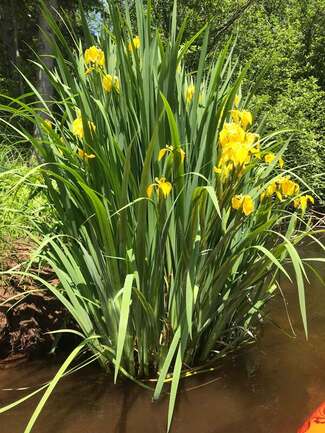 by Melinda Myers For many of us, winter is the start of the gardening season. We are busy browsing catalogs, reading garden articles, and looking for sources of new plants. As the planning process continues, the plant wish list keeps expanding. Once your list is complete and before placing any order online, be sure to check your list for any invasive plants that are prohibited or restricted in Wisconsin. According to the Invasive Species Rule NR40, prohibited plants are those that are not currently found or occur in isolated areas in the state. If introduced into the state, these plants are likely to cause significant economic or environmental harm or harm to human health. Restricted plants according to NR40 are already established in the state causing harm or have the potential to cause significant harm. The ability to spread and vigorous growth habit of the yellow flag Iris (Iris pseudacorus) make this invasive plant a threat to our waterways. Photo credit: photo courtesy of Zach Stewart
The pre-order form is available on our website at www.northcountrymgv.org/plant-sale and at the Spooner Memorial Library, Shell Lake Public Library, and other local organizations.
Tomatoes, Peppers, and our popular 6 Packs of Pollinators and Herbs
Further information about the sale is available at www.northcountrymgv.org/plant-sale or e-mail ncmgva@gmail.com.
Kevin Schoessow, Area Agricultural Development Agent with the University of Wisconsin-Madison Division of Extension, takes you through the Teaching & Display Garden at the Spooner Ag Research Station in July 2021.
This week I encountered two instances of name confusion. One was Goats beard and the other Loosestrife. I was reminded to pay attention to botanical names because common names can be misleading. That would be the case in both these instances. And the consequences of confusing an invasive for a native plant can be dramatic. Goatsbeard - On the golf course this week near Hayward, Wisconsin I noticed a plant in the rough. I'm very familiar with what grows in the rough because I'm a frequent visitor. I took a few pictures and later researched the plant and identified it as Yellow goat's beard (Tragopogon dubius). This plant was introduced in the 1900's from Eurasia and likes disturbed ground but is not considered aggressive. And it looks nothing like our native Goatsbeard (Aruncus dioicus) that is an attractive perennial plant suitable as a landscape plant. For more on these two plants, go to the University of Wisconsin Horticulture website. Yellow goat's beard (Tragopogon dubius) Goatsbeard (Aruncus dioicus) Left: Yellow goat's beard (photo Sue Reinardy), right: Goatsbeard (photo from UW Extension website) Loosestrife - Whenever I read or hear Loosestrife I think "INVASIVE"! But learned differently when I came across a Facebook post with a picture of a plant that I have in my garden that I was having a hard time identifying. It was identified by reliable sources as Fringed Yellow Loosestrife (Lysmachia ciliata). The landscape plan that I inherited with the house identified this plant as 'Husker Red' which is a Penstemon - not at all the plant I was finding in the garden. There is a host of conflicting information in researching the Fringed Yellow Loosestrife. Some sources indicate that it is not related at all to the invasive Purple Loosestrife (Lythrum salicaria). The botanical name confirms that. There is an aggressive Garden Yellow Loosestrife (Lysimachia vulgaris) that is restricted in Wisconsin according to the DNR invasive species website. No such limits on the Fringed Yellow Loosestrife which is a North America native. It is fairly aggressive in my garden but easy to control. (For more information on these plants go to the websites below. Fringed Yellow Loosestrife (Lysmachia ciliata) (wildflower.org) Purple Loosestrife (Lythrum salicaria) (UW Horticulture) Garden Yellow Loosestrife (Lysimachia vulgaris) (DNR) It took a bit of research to confirm the identification of these plants. As you can see they look different and the effect they can have on our landscape is important to understand to avoid invasive plants and support natives.
|
|
| North Country MGV | gARDEN bLOGS |
Location |
|
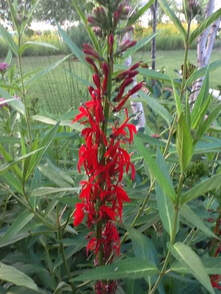
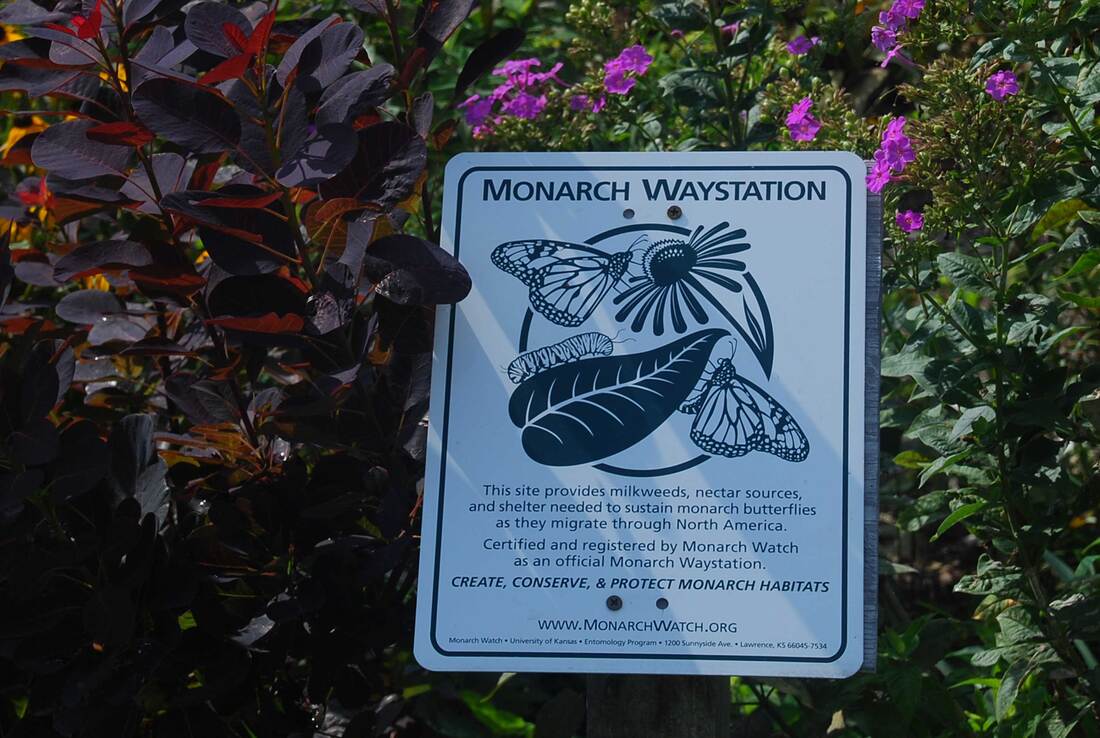
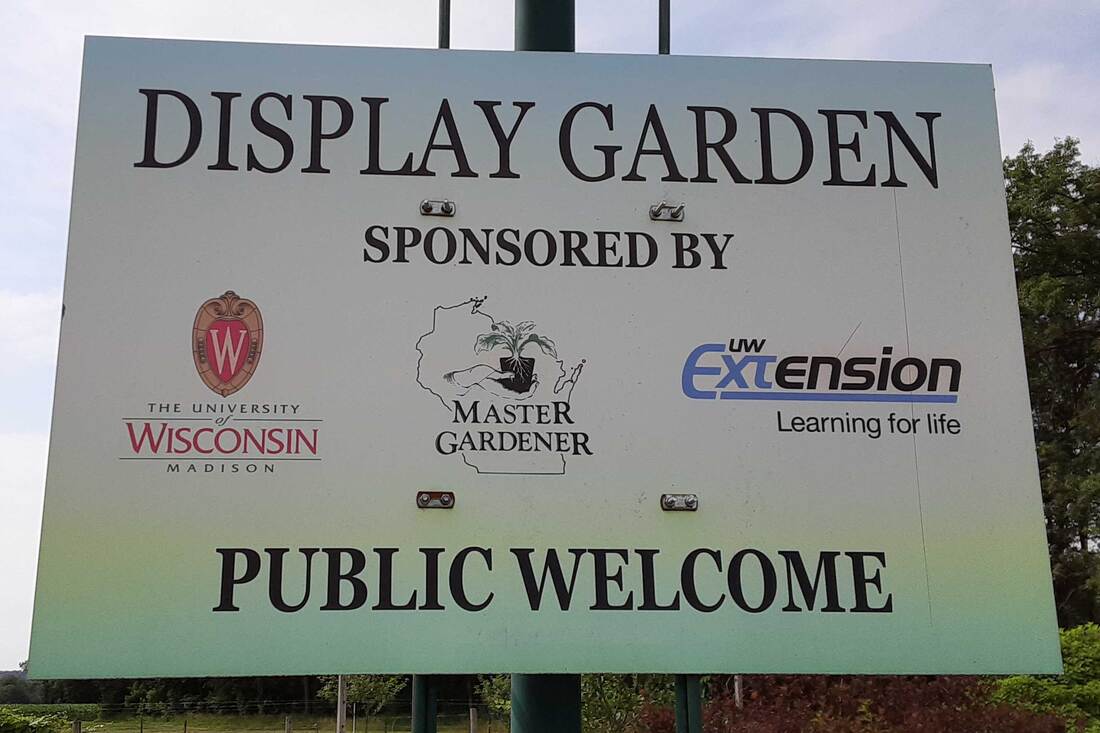
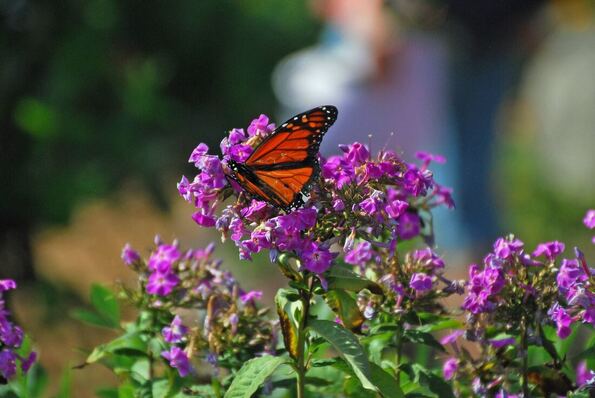
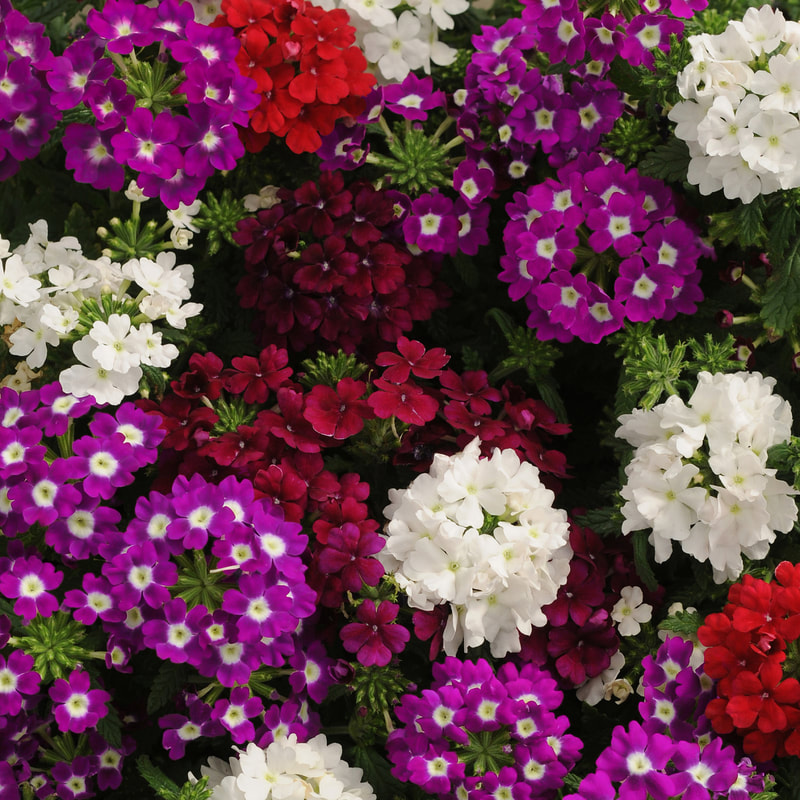
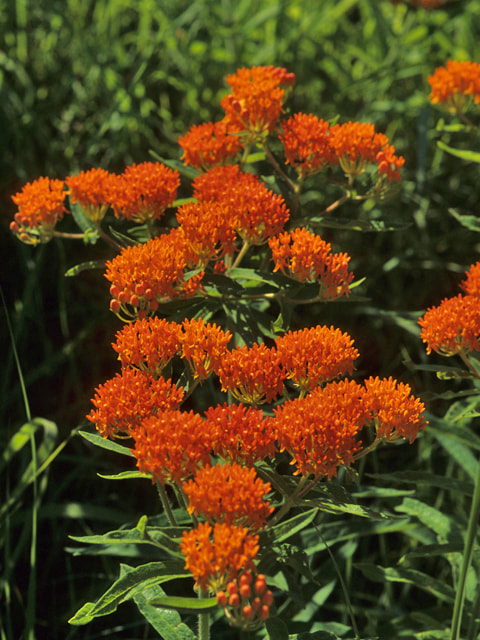
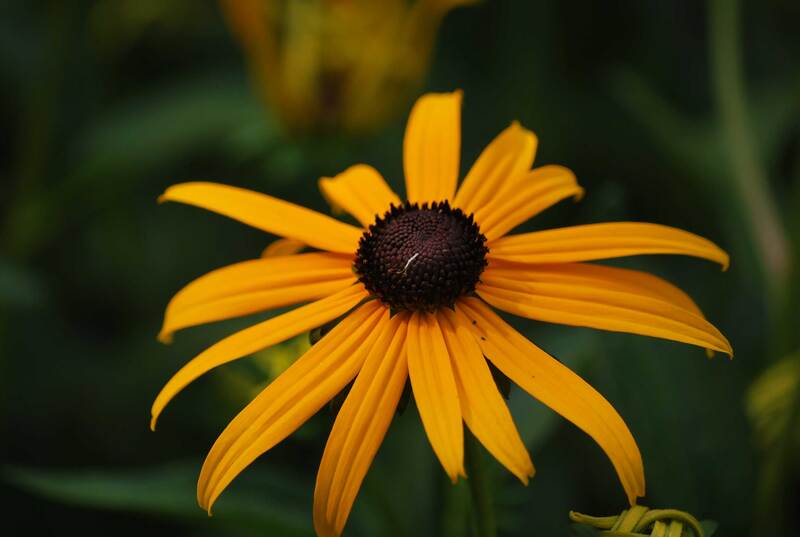
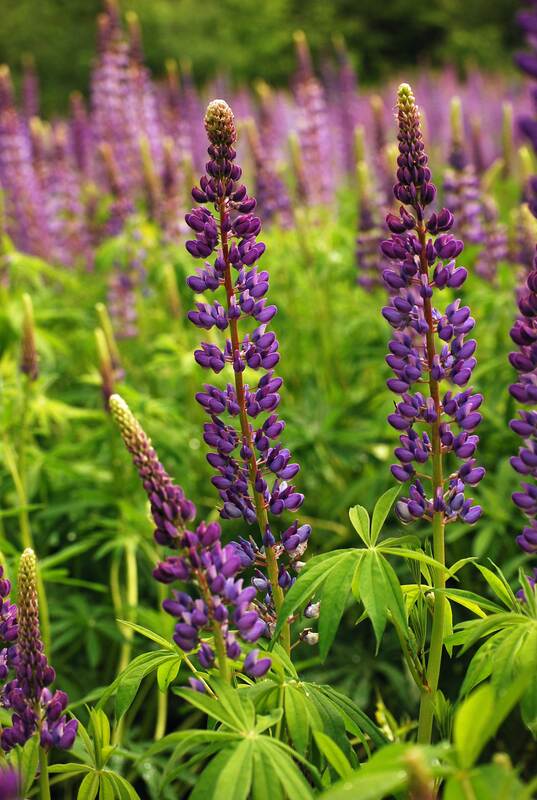
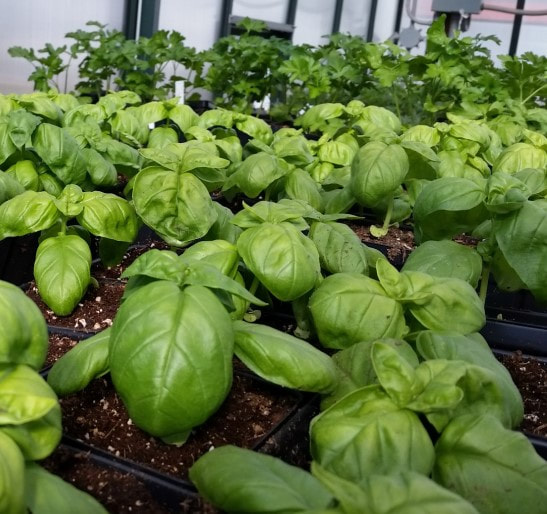
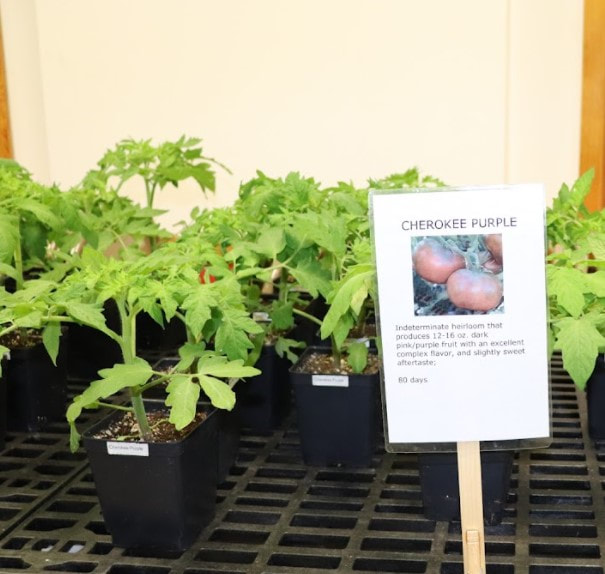
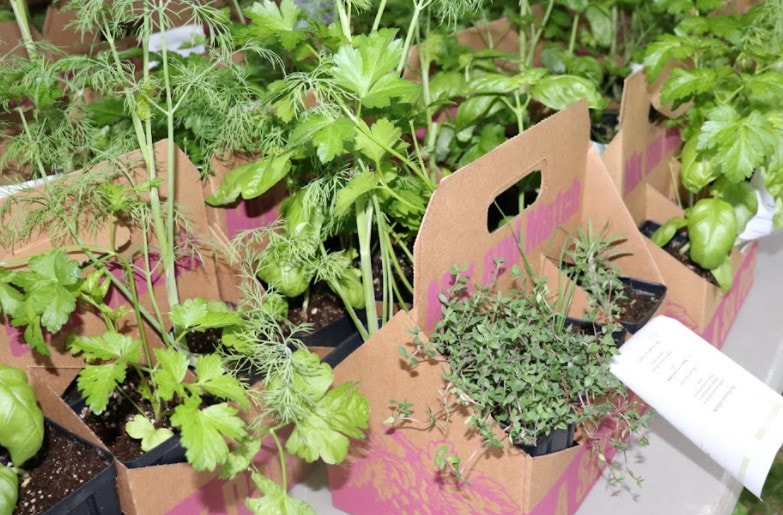
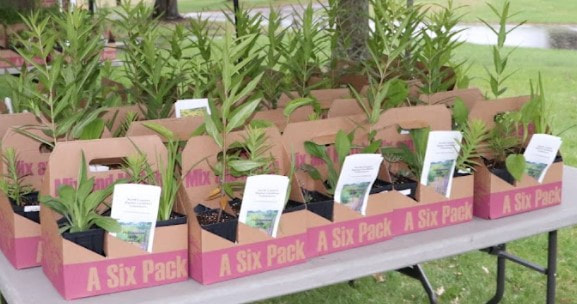
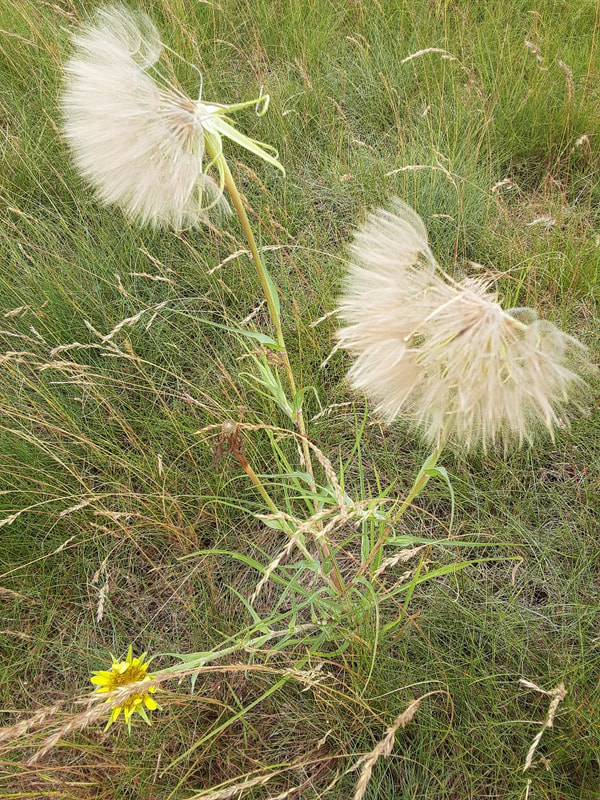
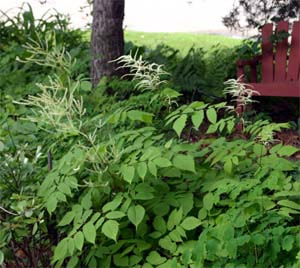
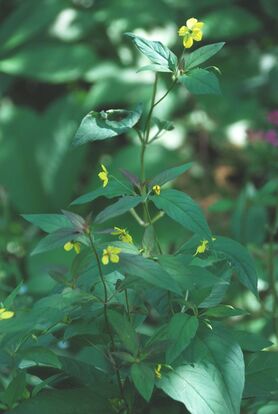
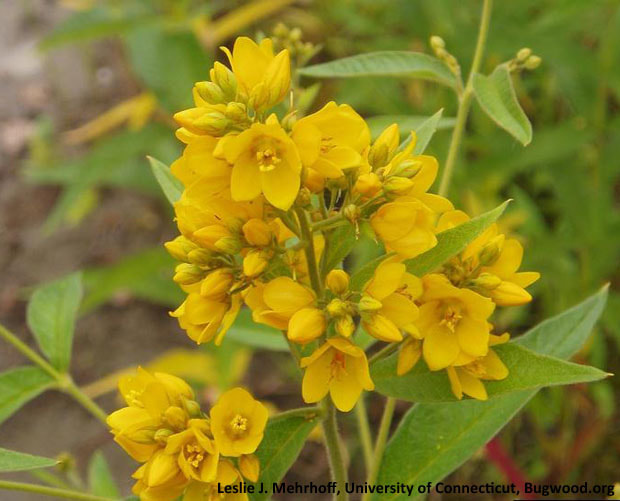
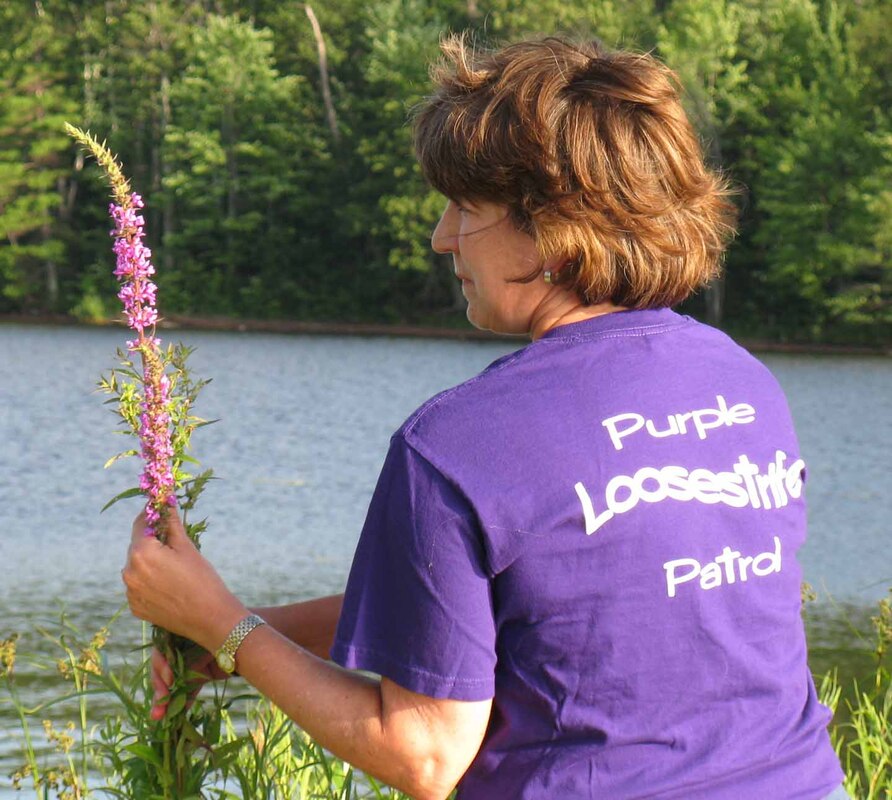
 RSS Feed
RSS Feed